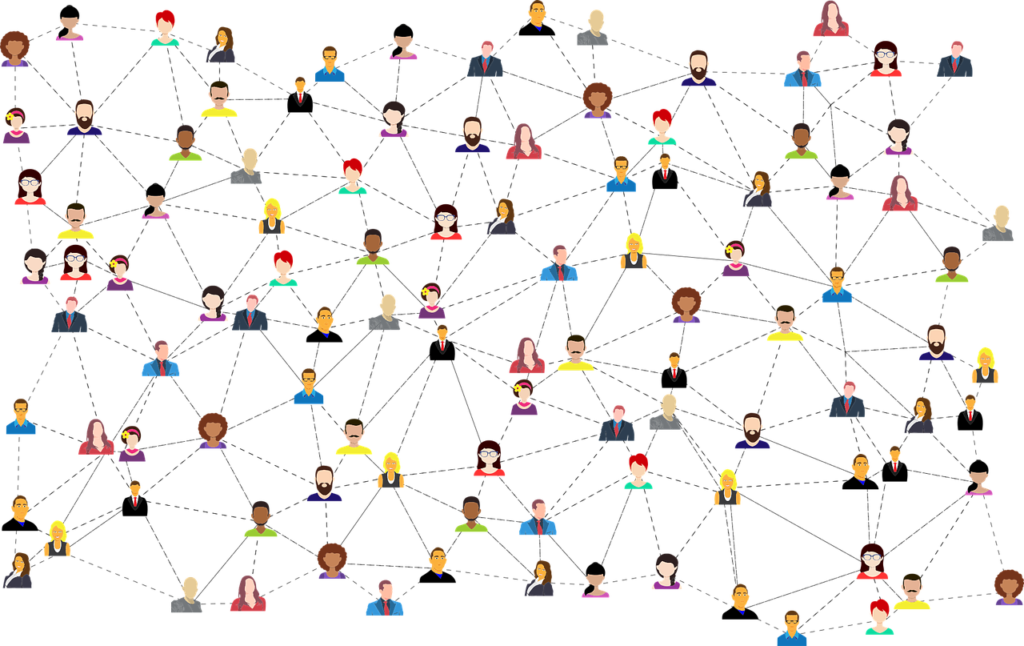
“To accelerate adoption, U.S. States planning to launch digital contact tracing apps should consider offering financial incentives for download to potential users” concludes the abstract of a Johns Hopkins academic paper, published in June of this year.
Paying people to download contact tracing software is a unique solution to a ubiquitous problem – how to get people to download contact tracing apps on their smartphones, to aid in the detection of potential cases of COVID-19. Though contact tracing seems like a common-sense solution to a highly infectious disease, many nations have been surprised by their constituents’ resistance in using tracing software, despite Apple and Google making the technology free and relatively simple to use.
In the U.S., public health departments have built their own contact tracing apps, yet adoption has lagged. Many potential users cite privacy concerns as the reason they have not downloaded the software, as well as apprehension that in an increasingly digital world they do not want to subject themselves to further surveillance. There is no national contact tracing app as there is in other nations, and it is therefore up to states to build their own. Some states say they can’t afford to, while other states say that contrary to the idea of “build it and they will come,” they built it, yet few people downloaded it.
This Scientific American article offers interesting insight into the politicized view that many Americans take of contact tracing. Resistant to handing over private information, disinformation videos on Youtube and Facebook have convinced many citizens that contact tracing apps can’t be trusted. The Institute for Strategic Dialogue (ISD), a multinational think-tank headquartered in the U.K., provides research and insight on polarization, hate, and extremism. ISD released a white paper in June stating that “videos containing disinformation and conspiracy theories relevant to contact tracing are receiving more than 300,000 views each on YouTube and are being shared tens of thousands of times across public Facebook pages and groups.” ISD also identified social media posts calling contact tracers derogatory names, likening them to the Gestapo, and threatening violence against them.
The invasive but necessary nature of questions asked during the contact tracing process provides fodder for conspiracy theorists to make false claims. When diagnosed with COVID-19, U.S. citizens are requested to disclose the names of those they have seen recently to the public health department. It is unclear whether they are mandated to comply with the request under state governor’s pandemic-related orders, though currently there is no federal law regarding contact tracing and state laws are still catching up to the current health emergency. If citizens do disclose names to a public health officer, it is at the discretion of those contacts of the diagnosed person to return the call of the public health officer, and may don’t. In San Antonio, Texas, it is estimated that half of calls are not returned. This large number is partly attributed to the astronomical number of robocalls that Americans receive – estimates say as many as 58-billion calls a year – and a resulting distrust of answering unknown phone numbers.
If a contact does speak with a public health officer, they are asked to take a COVID-19 test and to self-isolate for 14-days. Being that many citizens do not have adequate sick leave, it is a big ask for them to miss out on income for the period before a diagnosis is made. Another reason that COVID-19 patients may not disclose the names and cell numbers of people they have come in to contact with, is to protect their privacy when they are unsure of how the information will be used. This is particularly evident in immigrant communities that may fear the federal government and deportment.
Meanwhile, some corporations are providing information on the movement of diagnosed patients to health authorities. Uber is providing public health departments with information on riders who have tested positive. The ride-hailing service considers COVID-19 an emergency involving danger of death or serious physical injury,” and therefore complies with health department or governmental requests for information on users who may have used the service.
Of course, Uber rides are just a small piece of the large contact tracing pie. What would be much more ideal is for a critical mass of people to download the same app to enable the technology to be highly effective by achieving a network effect. It is estimated that 60% of the population would need to adopt a contact-tracing app for it to be able to stop contagion, and we are far from meeting those figures.
While a communist country like China may be able to impose a mandatory app download on its citizens, ensuring its ubiquity and subsequent viability, the same strategy is viewed as draconian in the Western world. So how do we achieve mass adoption in nations that prize liberty and freedom?
As the aforementioned Johns Hopkins white paper suggests, we could always encourage people to download the app with monetary incentives. But how would that transaction be executed and monitored, and what’s to stop people from deleting the app once they have banked their check? Such a strategy is solid in theory, but, in reality, the landscape in which we are operating is much more complex, and more nuanced solutions are needed.
